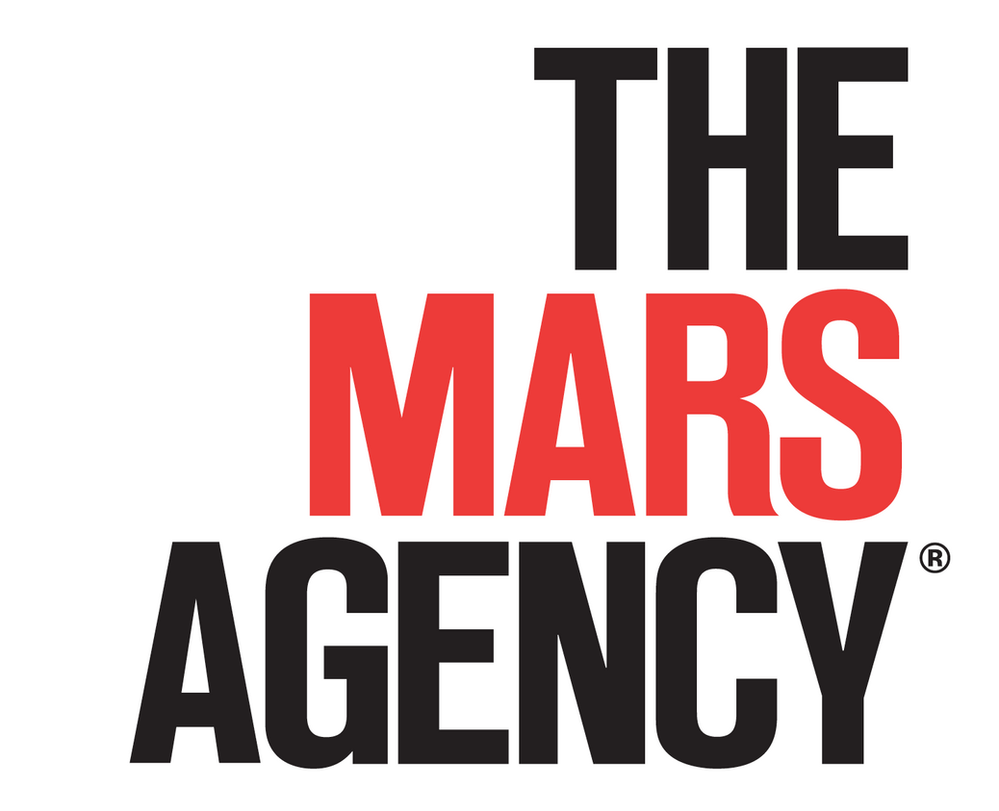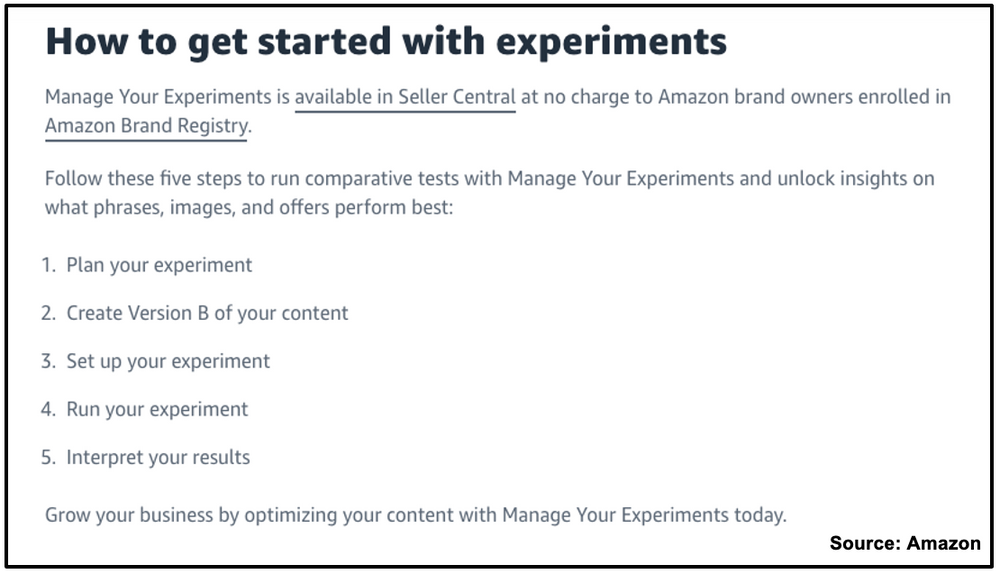By John Willkom, The Mars Agency

With Meta out of the doghouse, the economy improving (I think?), and spring just around the corner, 2023 is setting up to be a banner year!
When it comes to developing a winning strategy at Amazon, however, the discussion dominating headlines is often aimed at a very select audience — namely big brands with monster media budgets. Of course, nobody would fault Amazon (or the media) for running with this focus, but we feel like this often leaves smaller brands with more questions than answers on what their strategy should be.
In this post, we’ll explore 5 opportunities that brands of any size can leverage. And while overnight success is a paradox, these are all actionable strategies that can and ultimately will move the needle.
1. Take Advantage of Amazon Posts
“Posts” isn’t a new feature, but in chatting with brands, we find it to be extremely underutilized. Found in the Brand Store, “Posts” acts similarly to social media feeds and lets brands engage with shoppers in a new way. It’s completely free, and brands can post as often as they like.

Why are we recommending this? Free traffic. Amazon shows the Posts to “followers” of your brand, as well as to other shoppers with interest in your category. In random brand pulls, the number of free impressions being driven through Posts is impressive, to say the least.
So if you’re a small brand that’s already posting to traditional social media channels, add “Posts” to your activity.
2. Use Attribution
Amazon beta-tested its Advertising Attribution tool for a long time. Today, it should be available to your brand.
What is it? Put simply, Attribution allows brands to track off-site traffic to Amazon. In the past, if you ran an Instagram ad that directed shoppers to a product detail page or brand store on Amazon, sales would go up, but the ability to actually measure the impact of that advertising was limited. Not anymore.
By creating an Attribution link, brands can now track things like impressions, click through rates and conversion. You may still choose to send that traffic back to your own DTC site, but you’ll now be doing so with firm data in hand to ensure you’re making the right decision for the business.

3. Clean Up Your Catalog
When you go to the doctor and are given a form to fill out, you provide all the necessary information about yourself: who you are, where you live, etc. You wouldn’t write out your address and not include the ZIP code, right?
Yet, when items are set up on Amazon, it’s amazing how many key attributes are often missing. For brands with large catalogs, it’s common for one person to be tasked with getting everything set up ASAP, so they fill out the most necessary information, the products go live on Amazon, and no one ever goes back to finish the job.
In Seller Central, Amazon will flag these and tell you exactly what’s missing. Amazon practitioners often obsess over algorithmic weights and tricks. And when Amazon tells you something needs to be added, there’s a good chance fixing it will help your business.
4. Manage Your Experiments
For years, we’ve asked, “Wouldn’t it be amazing if we could a/b test content on Amazon?” Well, now we can. The program is free, and you simply need to provide the assets for a second piece of A+ content.

Naturally, a lot of factors can influence why one piece of content performs better than another, but the “pros” here far outweigh the “cons.” Need to justify why you should invest in new assets? Want to test a creative methodology or a new brand/product message? Amazon is allowing brands to really own below-the-fold content and bring it to life.
At The Mars Agency, we’re big believers in a non-static shelf that adjusts as shopper behavior changes and evolves, and this is a great way to help ensure you’re doing that.
5. Drive Traffic from Other Places
When was the last time you stopped advertising on Amazon, moved the money to external platforms, but drove all the traffic to Amazon? I’m not recommending you do that, but my point is: You need to test the effects of 3rd party traffic to your pages, store, and potential landing pages.
Amazon loves 3rd party traffic. An organic SEO strategy is a great way to build this, but you’ll eventually plateau and need a boost from paid activity. Test different platforms, audience segments and ad types to gain a perspective on what works.
Performance advertising has rightly become a “practice” because it’s an active job. Ensure that your team is practicing on a daily basis and continuously learning.
The Mars Agency actively works with brands of all sizes to bring strategies like these to life. Please reach out at [email protected] if you have any questions or would like to chat through opportunities for your business.

About the Author
John Willkom is SVP-Ecommerce at The Mars Agency, where he helps brands win in the ever-changing world of connected commerce.